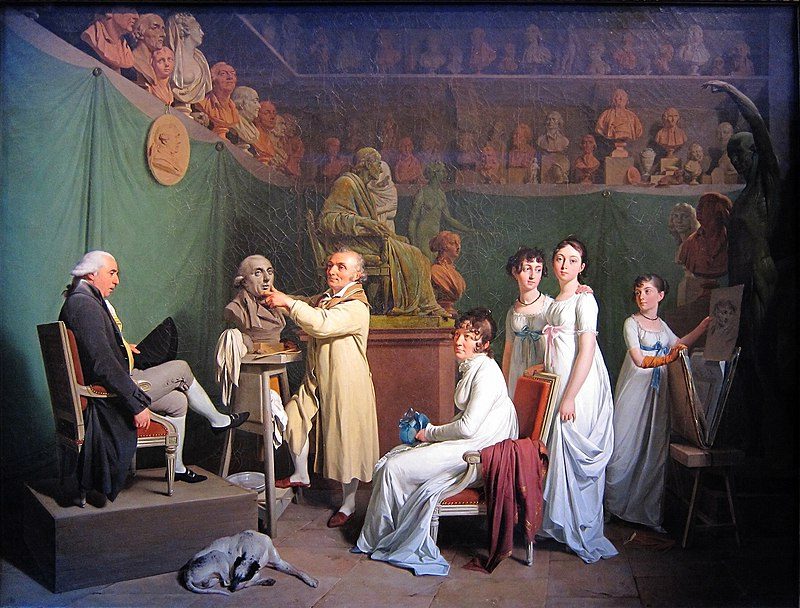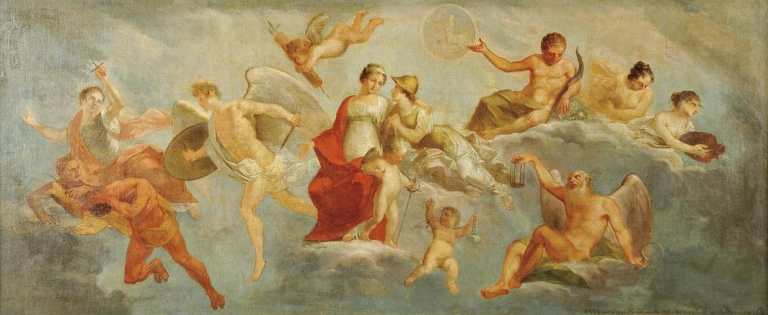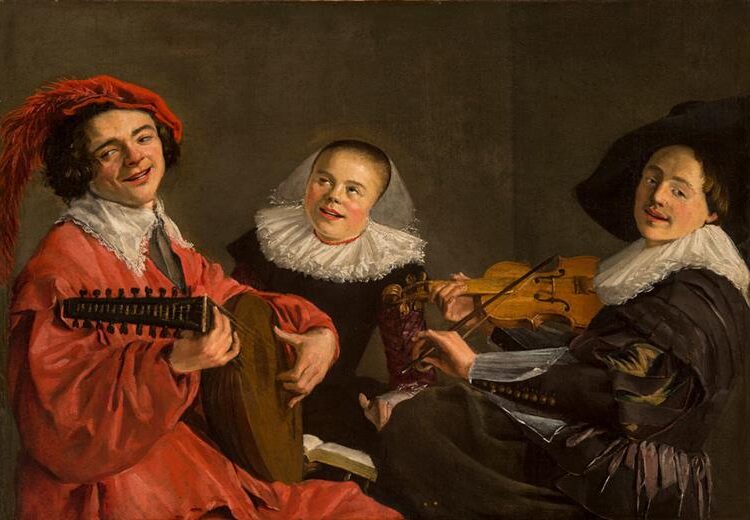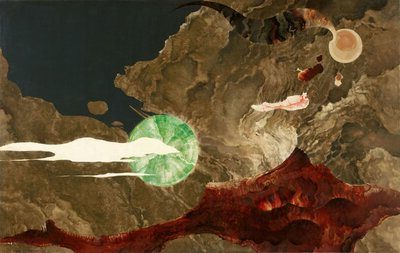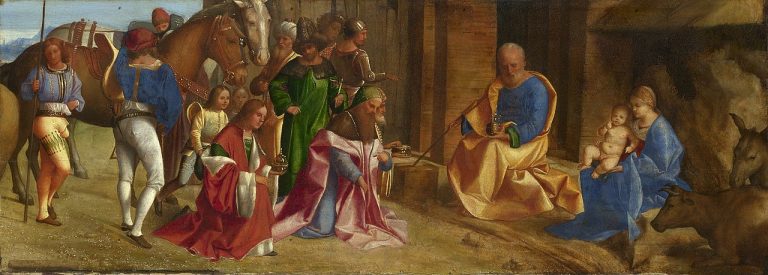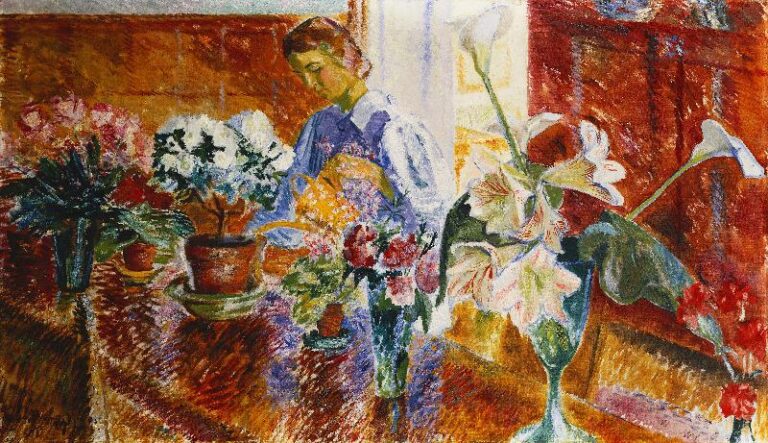Jean Antoine Houdon Painter: Renowned Sculptor’s Lesser-Known Artistic Pursuits
Born: 20 March 1741, Versailles, France
Death: 15 July 1828, Paris, France
Art Movement: Neoclassicism
Nationality: French
Teachers: René-Michel Slodtz, Jean-Baptiste Lemoyne, and Jean-Baptiste Pigalle
Institution: Académie Royale de Peinture et de Sculpture and École royale des élèves protégés
Jean Antoine Houdon Painter: Renowned Sculptor’s Lesser-Known Artistic Pursuits
Life and Career of Jean-Antoine Houdon
Jean-Antoine Houdon was a renowned French sculptor who made significant contributions to art during the Enlightenment era. His life and career were marked by artistic excellence, prestigious commissions, and a unique blend of neoclassical and realistic styles.
Early Years and Education
Jean-Antoine Houdon was born on March 20, 1741, in Versailles, France. He showed artistic talent from a young age.

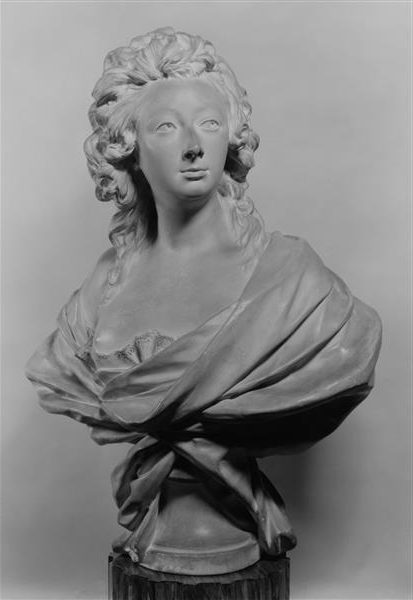
In 1752, at just 11 years old, Houdon entered the Académie Royale de Peinture et de Sculpture in Paris.
At the academy, he studied under skilled sculptors like René-Michel Slodtz, Jean-Baptiste Lemoyne, and Jean-Baptiste Pigalle. These mentors helped shape his artistic vision and technique.
Houdon won the Prix de Rome in 1761. This prestigious award allowed him to study in Italy from 1764 to 1768, where he honed his skills and drew inspiration from classical sculpture.
Key Contributions and Achievements
Houdon became famous for his lifelike portrait busts and statues. He captured the essence of his subjects with remarkable accuracy and detail. His works included sculptures of many notable figures of his time.
Some of Houdon’s most famous works include:
- Statue of George Washington (1791-1792)
- Bust of Voltaire (1778)
- Bust of Benjamin Franklin (1778)
Houdon exhibited regularly at the Paris Salon, earning praise and attracting wealthy patrons. His talent led to commissions from royalty, politicians, and intellectuals across Europe and America.
In 1803, Napoleon awarded Houdon the Legion of Honor for his contributions to French art.
Influence of the French Enlightenment
The French Enlightenment greatly shaped Houdon’s work and career. He lived during a time of intellectual and cultural change, which influenced his artistic approach.


Houdon’s sculptures reflected Enlightenment ideals of reason, individualism, and progress. He aimed to capture the inner character of his subjects, not just their outward appearance.
His realistic style broke from the ornate Rococo tradition. Instead, Houdon combined elements of neoclassicism with a commitment to naturalism. This approach set him apart from many of his contemporaries.
Houdon’s works can be found in major museums worldwide, including the National Gallery of Art in Washington, D.C. His legacy continues to inspire artists and art lovers today.
Artistic Style and Techniques
Jean Antoine Houdon was known for his lifelike sculptures. He used various materials and methods to create realistic portraits. His work showed great attention to detail and captured people’s unique features.
Mastery of Mediums and Materials
Houdon worked with clay, plaster, marble, bronze, and terracotta. He often started with clay models. These were used to make plaster casts. The casts could then be carved in marble or cast in bronze.
Houdon’s skill with different materials was impressive. He could bring out the best qualities of each medium. His marble works had a smooth, polished look. His bronze sculptures had rich textures and details.
Realism and Representation in Sculpture
Houdon aimed for truth to nature in his art. He studied anatomy closely to make his sculptures look real. His figures had correct proportions and natural poses.

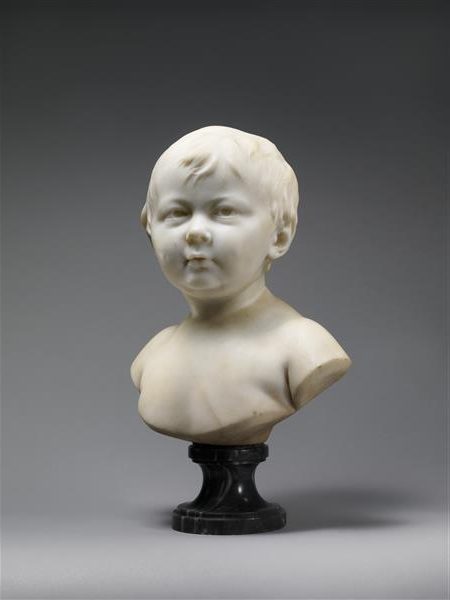
Houdon’s realism went beyond just looks. He tried to show the personality of his subjects. This made his sculptures seem alive and full of character.
His style mixed simplicity with grace. He avoided fancy decorations. Instead, he focused on capturing the essence of the person.
Portraiture and the Cult of Individualism
Houdon was a master of portrait busts. He made many famous people of his time. His portraits showed the unique features of each person.
He paid close attention to faces. Every wrinkle, expression, and detail was carefully sculpted. This helped show the subject’s personality and mood.
Houdon’s work fit with the growing interest in individuals during the Enlightenment. His portraits celebrated the unique qualities of each person. This made him popular with important figures who wanted to be remembered.
Notable Works and Commissions
Jean-Antoine Houdon created many famous sculptures during his career. His works ranged from busts of important figures to large public monuments and religious pieces.
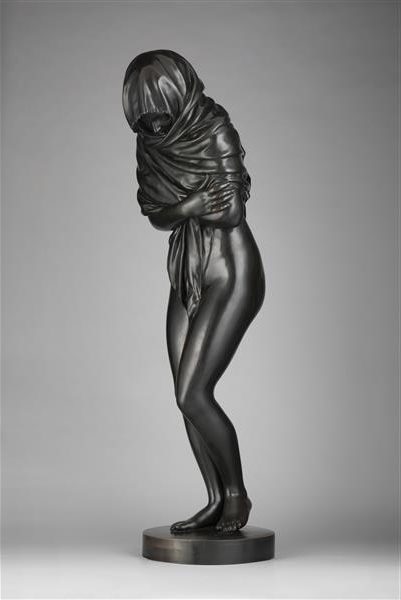
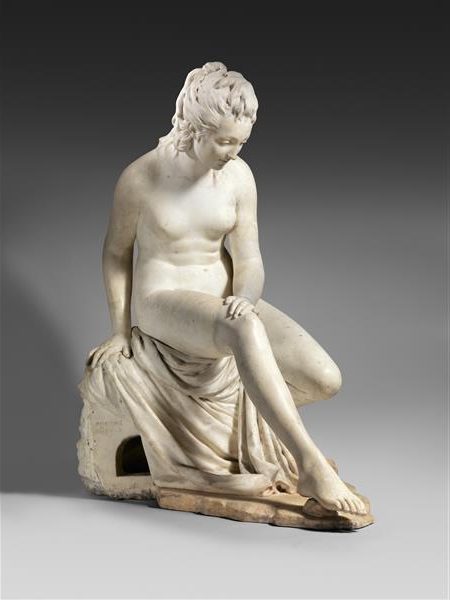
Iconic Busts of Enlightenment Figures
Houdon made busts of many key Enlightenment thinkers. He sculpted Voltaire, showing the philosopher’s thin face and sly smile. His bust of Benjamin Franklin captured the inventor’s wise expression.
Houdon also made a bust of George Washington. He traveled to Mount Vernon to study Washington’s face. This bust became the basis for many later images of Washington.
Other notable busts included Denis Diderot, Jean-Jacques Rousseau, and Thomas Jefferson. These lifelike sculptures gave faces to the big ideas of the time.
Memorable Monuments and Public Works
Houdon created larger works for public spaces too. His statue of George Washington stands in the Virginia State Capitol. He made this after visiting Mount Vernon to take measurements of Washington.
For the city of Paris, Houdon sculpted a statue of Molière. This honored the famous French playwright. The statue still stands near the Comédie-Française theater.
Houdon also made a sculpture of Robert Fulton, the inventor of the steamboat. This work is now in the U.S. Capitol building.
Contributions to Religious and Mythological Imagery
Houdon didn’t just make portraits. He also sculpted religious and mythological figures. His statue of Diana the Huntress shows the Roman goddess of the hunt. It mixes classical ideals with natural details.
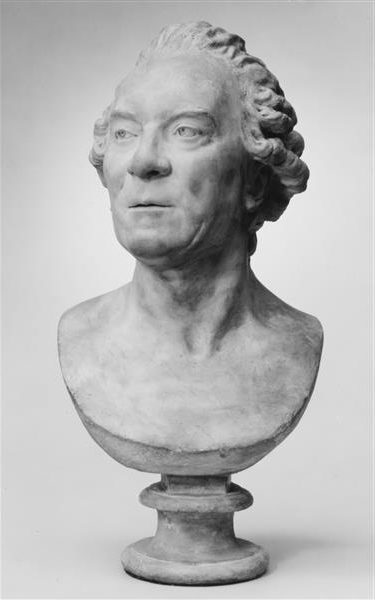
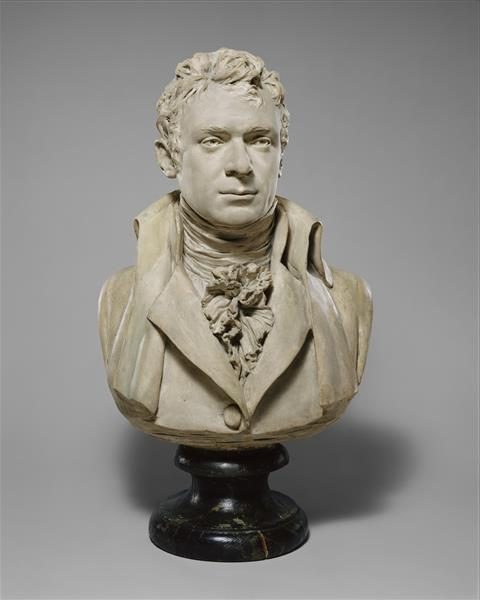
For churches, Houdon made statues of Christ and saints. These brought a more lifelike style to religious art. He also sculpted a Vestal Virgin, showing a priestess from ancient Rome.
Houdon’s work bridged different styles. It had elements of Baroque and Rococo art, but also showed new ideas about realism.
Frequently Asked Questions
Jean-Antoine Houdon was a famous French sculptor known for his lifelike portrait busts and statues. He created many notable works and influenced the field of sculpture.
What notable sculptures did Jean-Antoine Houdon create?
Houdon sculpted busts and statues of many important figures. He made portraits of Benjamin Franklin, Thomas Jefferson, and George Washington.
His statue of George Washington is very well-known. Houdon also created a famous sculpture called Mercury.
How does Jean-Antoine Houdon’s work exemplify Neoclassical style?
Houdon’s sculptures show key features of Neoclassical art. His works have a realistic and natural look. They focus on accuracy and fine details.
Houdon aimed to capture the true likeness of his subjects. He used clean lines and balanced compositions typical of Neoclassical style.
What is Jean-Antoine Houdon’s legacy in the realm of fine arts?
Houdon left a lasting mark on sculpture. His realistic style influenced later artists. Many of his works are still studied and admired today.
His busts and statues provide a record of important historical figures. Art experts praise Houdon’s skill in capturing human faces and forms.
What contributions did Jean-Antoine Houdon make to the depiction of human anatomy in art?
Houdon was very skilled at showing the human body in sculpture. He studied anatomy closely to make his works look lifelike.
His sculptures show muscles and bones in a realistic way. This helped other artists learn to depict the human form more accurately.
Who commissioned Houdon’s famous statue of George Washington?
The state of Virginia asked Houdon to make a statue of George Washington. They wanted a life-size sculpture for the State Capitol building.
Houdon traveled to Mount Vernon to meet Washington in person. He took measurements and made a life mask to ensure accuracy.
In what ways did Jean-Antoine Houdon influence modern sculpture?
Houdon’s focus on realism shaped later sculpture trends. His methods for studying subjects in person became common practice.
He showed that sculpture could capture personality, not just appearance. Houdon’s work bridged classical and modern styles in sculpture.

